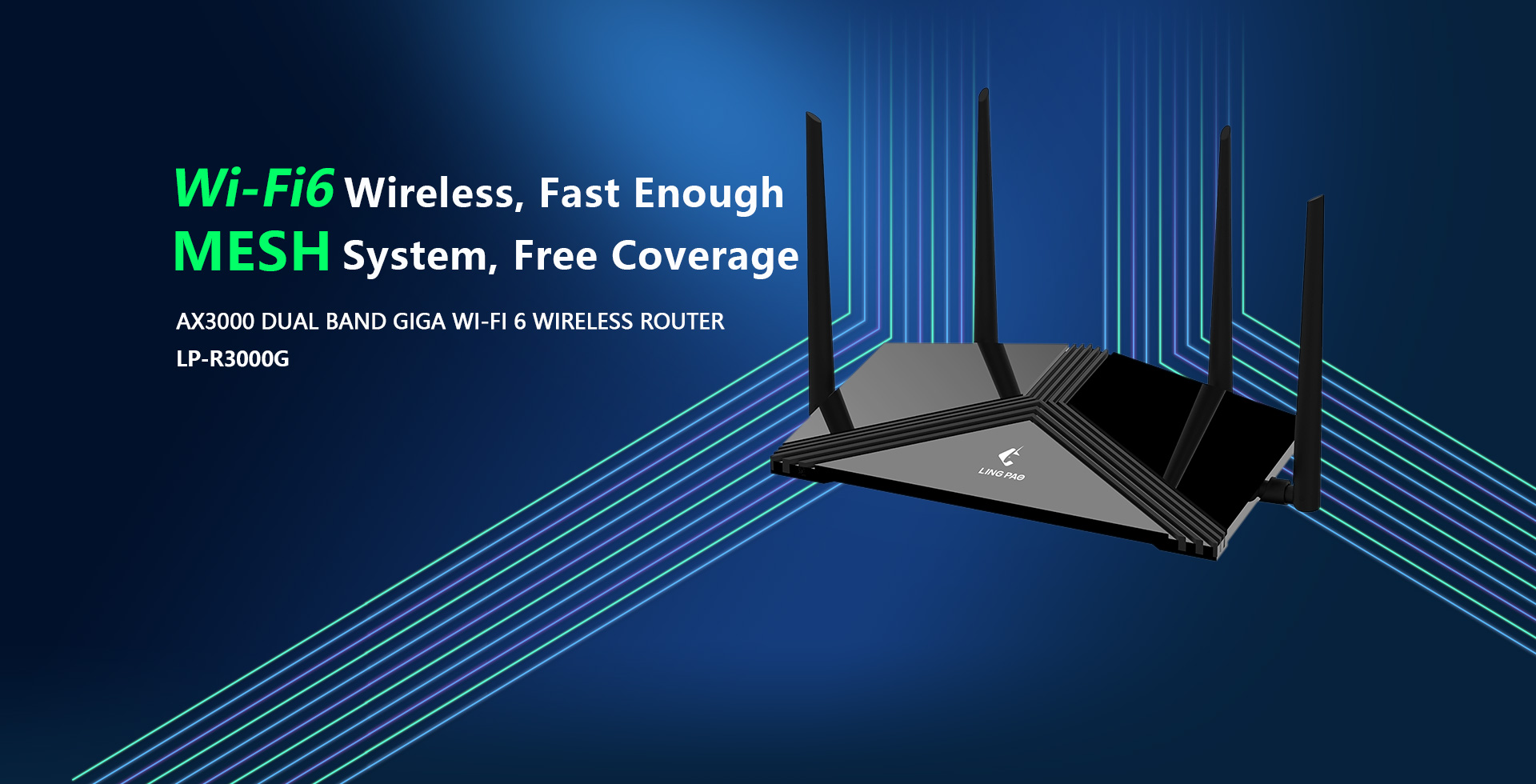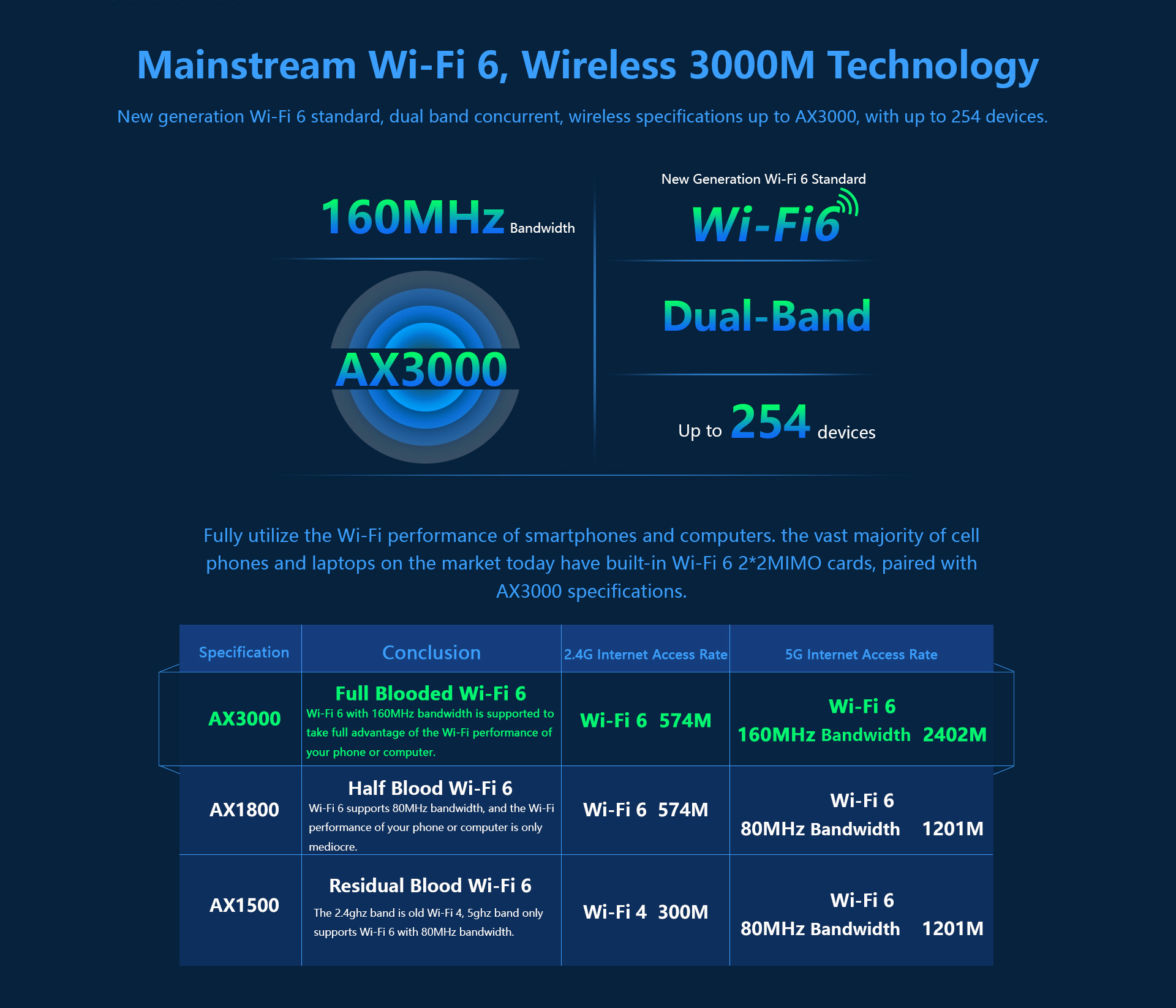Introduction
In the ever-evolving landscape of wireless communication, achieving superior performance is paramount. Multiple Input Multiple Output (MIMO) technology has emerged as a critical innovation in improving the performance of wireless routers. This article explores how MIMO technology enhances wireless router performance and the benefits it brings to both consumers and enterprises.
Understanding MIMO Technology
What is MIMO?
MIMO stands for Multiple Input Multiple Output, a technology that uses multiple antennas at both the transmitter and receiver ends to improve communication performance. By leveraging spatial diversity, MIMO technology increases data throughput and enhances signal quality, making it a significant advancement in wireless communications.
How MIMO Works
MIMO technology works by transmitting multiple data streams simultaneously through different antennas. At the receiver end, these streams are captured by multiple antennas and then recombined. This process improves data rates and link reliability by taking advantage of the spatial dimension to mitigate interference and multipath fading.

Benefits of MIMO Technology
Enhanced Data Throughput
One of the primary benefits of MIMO technology is its ability to significantly enhance data throughput. By utilizing multiple antennas, MIMO can send and receive more data simultaneously, effectively doubling or tripling the data rates compared to traditional single-antenna systems. This increase in data throughput is particularly beneficial in high-density environments where multiple devices compete for bandwidth.
Improved Signal Quality and Range
MIMO technology improves signal quality and range by mitigating the effects of multipath fading and interference. The multiple antennas work together to capture and combine signals from different paths, resulting in a stronger and more reliable connection. This enhanced signal quality ensures that users experience fewer dropped connections and better overall performance, even at greater distances from the router.
Better Performance in Crowded Environments
In crowded environments, such as apartment buildings or office complexes, wireless networks often suffer from interference due to the high density of competing signals. MIMO technology can alleviate this issue by spatially separating signals, reducing interference, and allowing for more efficient use of the available spectrum. This results in better performance and higher data rates in environments where multiple wireless networks coexist.
Practical Applications of MIMO Technology
Home Networks
For home networks, MIMO technology provides a noticeable improvement in performance, especially in households with multiple devices. From streaming high-definition video to online gaming and video conferencing, MIMO-enabled routers can handle high bandwidth demands more effectively, ensuring a seamless user experience.
Enterprise Networks
In enterprise environments, the benefits of MIMO technology are even more pronounced. With numerous employees and devices connected to the network, maintaining high performance is crucial. MIMO technology enables enterprise routers to support more simultaneous connections, deliver higher data rates, and provide robust coverage across large office spaces, enhancing productivity and connectivity.
Public Wi-Fi Networks
Public Wi-Fi networks, such as those in airports, cafes, and stadiums, also benefit significantly from MIMO technology. These environments typically experience high user density and heavy data traffic. MIMO-enabled routers can manage the increased load more efficiently, offering users faster and more reliable internet access.

Future Prospects and Developments
Integration with Advanced Technologies
The future of MIMO technology lies in its integration with other advanced wireless technologies, such as beamforming, MU-MIMO (Multi-User MIMO), and OFDMA (Orthogonal Frequency Division Multiple Access). These technologies work synergistically to further enhance wireless performance, providing even greater data throughput, efficiency, and user capacity.
Adoption in 5G Networks
MIMO technology is a cornerstone of 5G networks, where it is used to achieve unprecedented data rates and connectivity standards. The adoption of Massive MIMO, which employs a large number of antennas, allows 5G networks to serve more users simultaneously and provide ultra-fast data speeds, paving the way for new applications and services.
Conclusion
MIMO technology represents a significant leap forward in wireless communication, offering improved data throughput, enhanced signal quality, and better performance in crowded environments. Whether in home networks, enterprise settings, or public Wi-Fi, MIMO-enabled routers deliver a superior user experience. As wireless technology continues to evolve, the integration of MIMO with other advanced technologies promises even greater enhancements, making it a crucial component of future wireless networks. Leveraging MIMO technology is essential for anyone looking to achieve the best possible performance from their wireless router.
